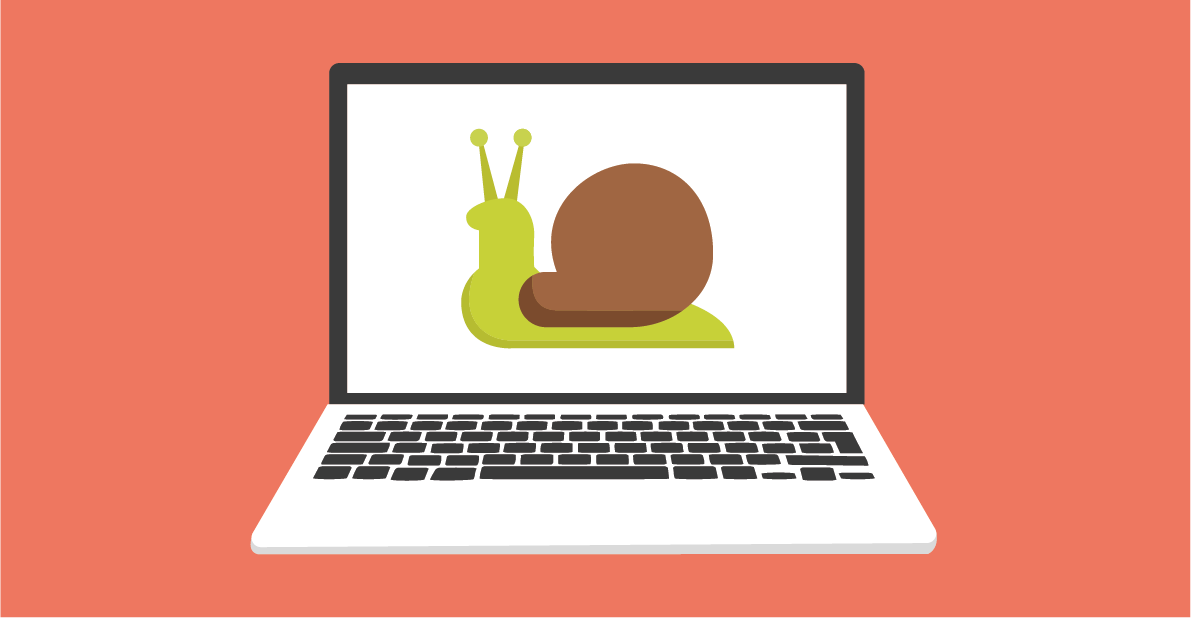

Here’s what you need to do to disable ULPS feature on your Windows 10: For example, when your computer ‘goes to sleep,’ your graphics card will do the same, so you’ll need to wait a few seconds more on your next startup, for your graphics card to ‘wake up.’ Disabling ULPS will improve both wake up and startup performances, so this solution should be your first call. ULPS stands for Ultra Low Power States, and it’s some kind of energy saver for your graphics card. Try this also: First backup your registry from this link: ĭisabling ULPS is probably the most common and the most effective solution for this problem, judging by the amount of positive feedback. Under “Shutdown settings” make sure “Turn on fast startup” is enabled.Click “Change settings that are currently unavailable.”.Click “Choose what the power buttons do” on the left side of the window.Search for and open “Power options” in the Start Menu.This way, when the system boots up again, it simply reloads this file, making boot times much faster.
#Slow startup laptop drivers
The way it works is is when you shutdown your computer, rather than just dumping everything in RAM, Windows will save an image of your loaded kernel and drivers in something called the hiberfile. The feature in question is called Fast Startup. If your machine is taking too long to boot up, ensure this setting is enabled to speed things along.

Windows 10 came with no shortage of performance improvements, but one of the neatest is its fast boot times. As is out of office I am jumping in to assist you. Brilliant troubleshooting, commendable patience and immaculate resolve displayed to try and fix the issue.


 0 kommentar(er)
0 kommentar(er)
